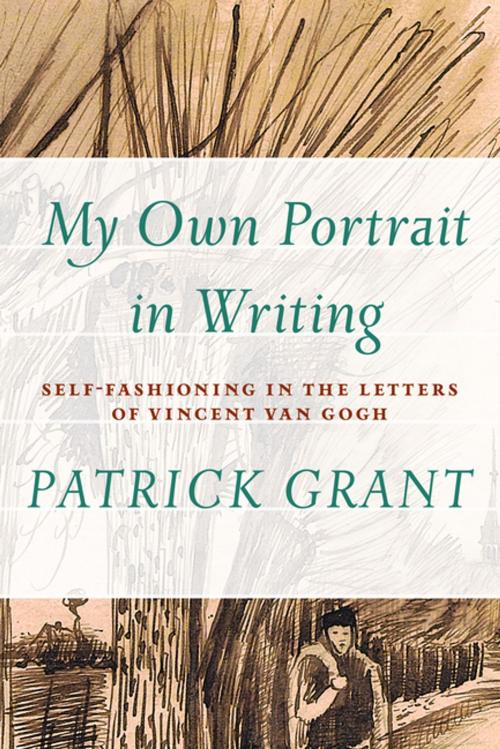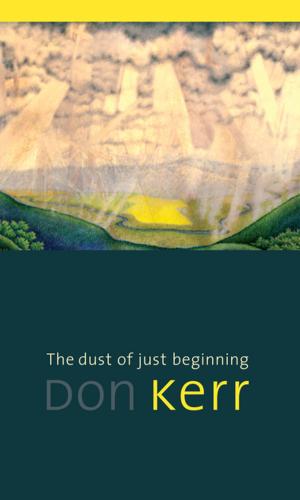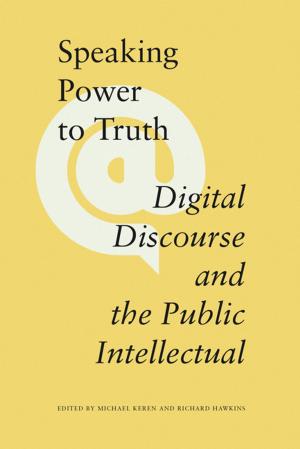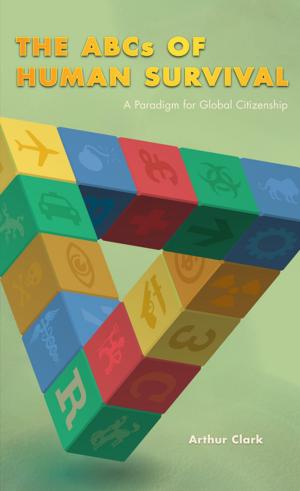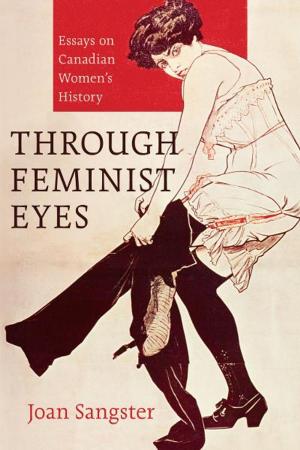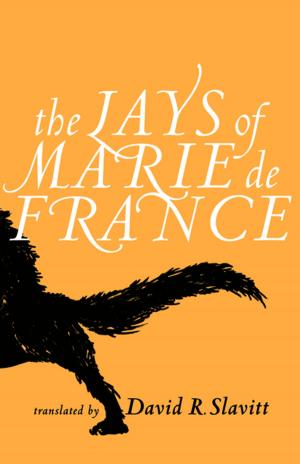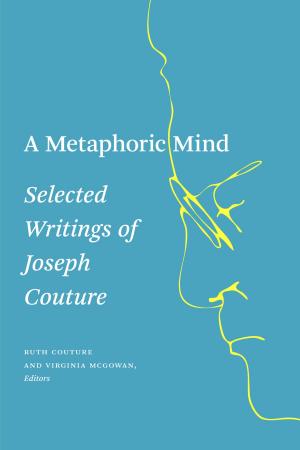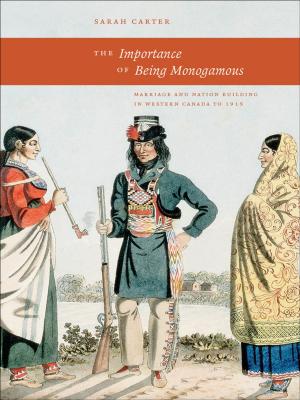"My Own Portrait in Writing"
Self-Fashioning in the Letters of Vincent van Gogh
Fiction & Literature, Literary Theory & Criticism, Theory| Author: | Patrick Grant | ISBN: | 9781771990608 |
| Publisher: | Athabasca University Press | Publication: | May 1, 2015 |
| Imprint: | AU Press | Language: | English |
| Author: | Patrick Grant |
| ISBN: | 9781771990608 |
| Publisher: | Athabasca University Press |
| Publication: | May 1, 2015 |
| Imprint: | AU Press |
| Language: | English |
In Grant’s earlier book, The Letters of Vincent van Gogh. A Critical Study (AU Press, 2014), he followed a practical-critical analysis of the letters that dealt with key patterns of metaphors and concepts. This volume is a complement to the first book and provides an effective, theory-based reading of the letters that brings them more fully and successfully into the domain of modern literary studies. Each chapter addresses some significant aspect of Van Gogh’s writing including a “reading” of the letter-sketches and their narrative dimensions, a deconstruction of the binaries used in Van Gogh’s writing and painting, observations of Van Gogh’s own understanding of the permeable boundary between words and visual art, and a discussion of the set of polarities apparent in Van Gogh’s discussions of imagination, fantasy, belief, and self-surrender. Consequently, as a whole and in each of its parts, this book offers a new, timely, and theoretically-informed interpretation of Van Gogh’s literary achievement.
In Grant’s earlier book, The Letters of Vincent van Gogh. A Critical Study (AU Press, 2014), he followed a practical-critical analysis of the letters that dealt with key patterns of metaphors and concepts. This volume is a complement to the first book and provides an effective, theory-based reading of the letters that brings them more fully and successfully into the domain of modern literary studies. Each chapter addresses some significant aspect of Van Gogh’s writing including a “reading” of the letter-sketches and their narrative dimensions, a deconstruction of the binaries used in Van Gogh’s writing and painting, observations of Van Gogh’s own understanding of the permeable boundary between words and visual art, and a discussion of the set of polarities apparent in Van Gogh’s discussions of imagination, fantasy, belief, and self-surrender. Consequently, as a whole and in each of its parts, this book offers a new, timely, and theoretically-informed interpretation of Van Gogh’s literary achievement.
